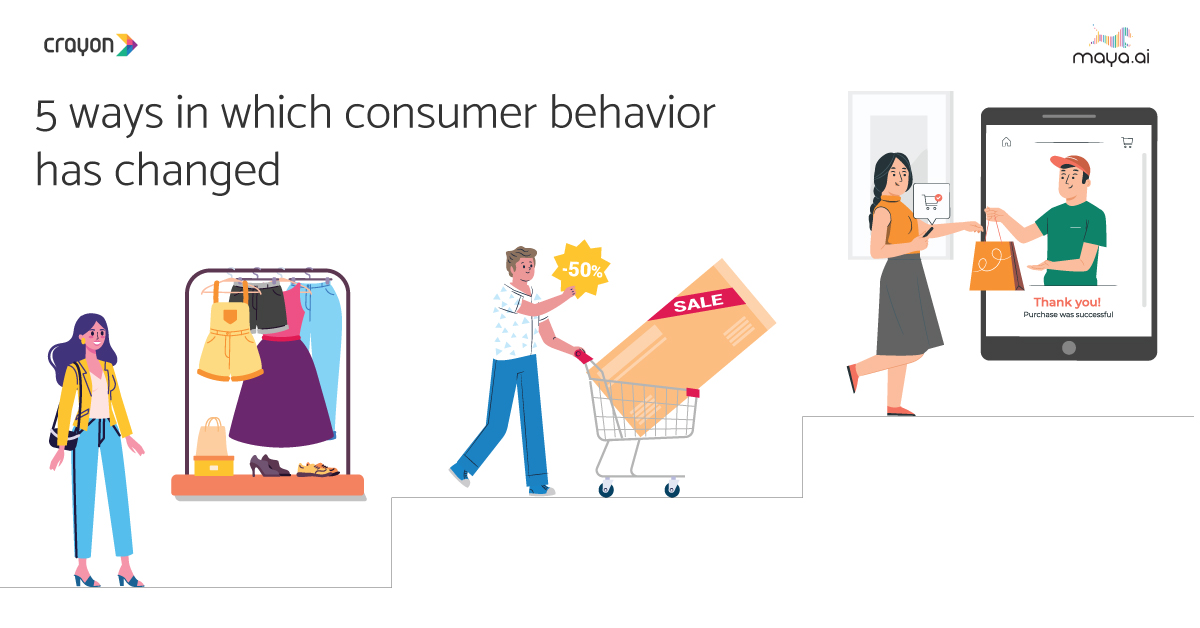In some ways, data has become one of the most valuable resources in the world today. Our technologically-enriched, device laden lifestyles depend on the speedy and reliable transference of data. Businesses are investing in the collection and analysis of data in order to make strategic decisions. Data has even become a primary target for cybercriminals.
Big data also has an integral place in our communities, capable of informing and driving healthy economic development. Planners now have access to tools that allow them to make sure that growth is applied in the right areas, supporting an evolution that is healthy and sustainable. This is thanks in no small part to the widespread use of devices in personal and business spaces that collect large amounts of useful data.
We’re going to take a look at a few key areas in which data is being utilized by planners. What technology is capturing data, and where can it be applied? What problems does data help solve on the road to healthy economic development?
Infrastructure
When we think about economic development, we often visualize the physical expansion — new, shiny, tall buildings and housing. However, big data has a larger role in analyzing the need for the essential elements which underpin our communities. Utilities, businesses for trade, employment; the infrastructure that allows towns and cities to function.
In essence, when it comes to infrastructure, utilizing data regarding things like commercial real estate markets allows planners to make more informed decisions for revitalization projects mirroring successful strategies used in similar projects.
From a basic utility standpoint, accessing large amounts of information regarding job markets and transit availability, expenditure of resources, and demands allows economic development officers (EDOs) to better understand the services that need to be introduced into areas designated for growth. Most people use smartphones and wearable devices throughout various aspects of their daily lives — the data generated from this can provide insight into the types of products, businesses, and services are likely to be needed or popular in a given demographic.
Particularly in larger towns and cities, big data — including through the utilization of artificial intelligence — is playing a significant role in making transportation decisions. EDOs and city planners are able to analyze huge amounts of data collected from sensors in our devices, in vehicles, and even on roads in order to make decisions about the need to introduce additional public transport services, or adjust traffic management systems. The combination rise of the Internet of Things (IoT) and the coming implementation of 5G technology is helping to usher in the introduction of smart cities. This means that big data will continue to play a role not just in the planning growth, but in the continued functioning of the resulting cities.
Healthcare Services
We are becoming used to technology being a core aspect of our medical care today. Between wearable devices that regulate medications, to AI being used to assist in diagnosis, it’s clear that our digital age has a lot to offer healthcare. But the data generated by the medical industry can also assist in economic development.
When significant economic development is planned, there is expected to be a rise in the population in the area. As a result, this puts more pressure on health services, and may even require diversification of what medical services are available in the area. This is where population health management (PHM) comes into play. Using specialist software, healthcare professionals collates data from across a range of medical IT systems, and analyze the data to better predict and manage the healthcare needs of the population — or in the case of economic development, the expected population.
The data used can come from a variety of sources — from information drawn from regular diagnosis and treatment to IoT connected medical devices. The data gathered and analyzed means that EDOs can gain a relatively accurate understanding not simply of what general services need to be placed within an area of growth, but what healthcare provisions are needed in order to keep new residents healthy and productive in the area and plan better for emergencies such as epidemics.
Environmental and Humanitarian Factors
The potential for irreversible damage caused by climate change is a significant factor in many aspects of society. Economic development today needs to take into account the likelihood of impact on local and worldwide ecosystems and make arrangements that support environmental sustainability. Big data can help provide EDOs with an insight into the climate impact of their projects and point them in the direction of successful sustainability.
Back in 2015, the United Nations put in place a program for sustainable development goals, recognizing the significant role big data can have in helping to make predictive models for environmental and humanitarian impact. The UN continues to work toward highlighting sources of data that can be used — harvesting global and regional information from satellites and comparing this to more nuanced information on individual behavior from personal IoT devices. The Pulse Lab Kampala initiative has even produced a prototype device which conducts analyses of radio discussions in Uganda, in order to provide information that allows local leaders to make sustainable development decisions in line with other nearby communities.
Big data can also be used to capitalize on the greater focus citizens have on the environmental health of the areas they choose to live. By analyzing information from devices and social media apps EDOs can gain a greater understanding of the climate-healthy features the public values. This can extend into eco-tourism, with planners arranging green attractions with which to make their new developments essential destinations for environmentally conscious travelers.
Conclusion
Economic development can be a risky undertaking. Without accurate information and insight, it’s difficult to predict the direction and speed in which growth should be undertaken. By harnessing big data, EDOs have the opportunity to plan with confidence, gain a deeper understanding of the needs of communities, and move forward in a sustainable manner.



















